UCD Innovation Academy MakerSpace
The MakerSpace at UCD Innovation Academy plays a central role in helping our students bring their ideas to life.
On any given day, you could find a law student, an archaeology student and a neuroscience student working together on a project they have designed. They will be building and testing it, using cutting-edge technology they may not have had the chance to engage with before, i.e. Virtual Reality, 3D printers, Computer-Aided Design, Vacuum Forming and Model Moulding. They will be working outside their comfort zone, using the design thinking approach infused in the Innovation Academy’s DNA, to build something sustainable and new, that can address the challenges and opportunities ahead of us as we move, urgently, towards a more sustainable world.
How did we get here?
Recognising the growing interest in MakerSpaces across the academic field, here are some tips and tricks to help you on your way:
1. Set out a clear mission statement
1. Set out a clear mission statement
Make sure you know why it is that you are creating a MakerSpace. At UCD Innovation Academy, we offer a pedagogy of radical collaboration, interdisciplinary projects, and learning from doing that underpin the MakerSpace. The tech is a means to an end and that end is getting people to try new things, learn how to learn and practice working together. It is not tech for tech’s sake in other words. It is tech to innovate and create and test and fail and test again, always with an eye towards building sustainable solutions.
We are intentional about every major piece of equipment we order, with a clear plan for its initial use, project ideas, and potential learning objectives laid out before we submit an order. This enables us to also think about other costs associated with its use- consumables, maintenance, safety and more pressing, the potential sustainability impact of its use. This isn’t meant to stifle or curtail innovation- rather this approach allows us to also consider associated costs such as maintenance, safety, and sustainability impact. By determining how often a machine will be used, we can better manage budgets and maintenance schedules, and seek out projects that utilize unique capabilities.
2. Bring your allies and partners along from the very beginning
2. Bring your allies and partners along from the very beginning
Do a mapping of those you need by your side to ensure the MakerSpace has buy-in from the outset. Clearly you will need the backing of your academic body, but think about additional allies: The Office of Health and Safety in your institution is one. You will be asking students and staff to experiment with complicated equipment, which might make the average health and safety officer’s heart palpitate slightly. Bring them in at the planning stage. Walk them through the rationale and discuss the risks and the work being done to mitigate those risks. Assuage their anxieties before the programme launch. It will make all the difference.
Another key ally is the Communications team. Bring them in at the planning stage too, to talk through your goals and objectives. Work with them to build out a communications strategy for the MakerSpace. While a successful launch is key, you will need Communications’ expertise in how best to generate interest in the MakerSpace amongst both the staff and student body on an ongoing basis.
A third group of often overlooked allies are the equipment producers themselves- suppliers of 3D printers, VR headsets, laser-cutters, and general consumables you may use in your space. Many suppliers are keen to work with educational MakerSpaces as test beds for equipment, new materials or research. Through supplier partnerships, you can secure samples, discounts, subscriptions, or equipment loans for your institution. While some new partnerships require formal MOUs, they are mutually beneficial, with vendors receiving white papers showcasing product use cases and your MakerSpace gaining access to expanded curriculum and machinery.
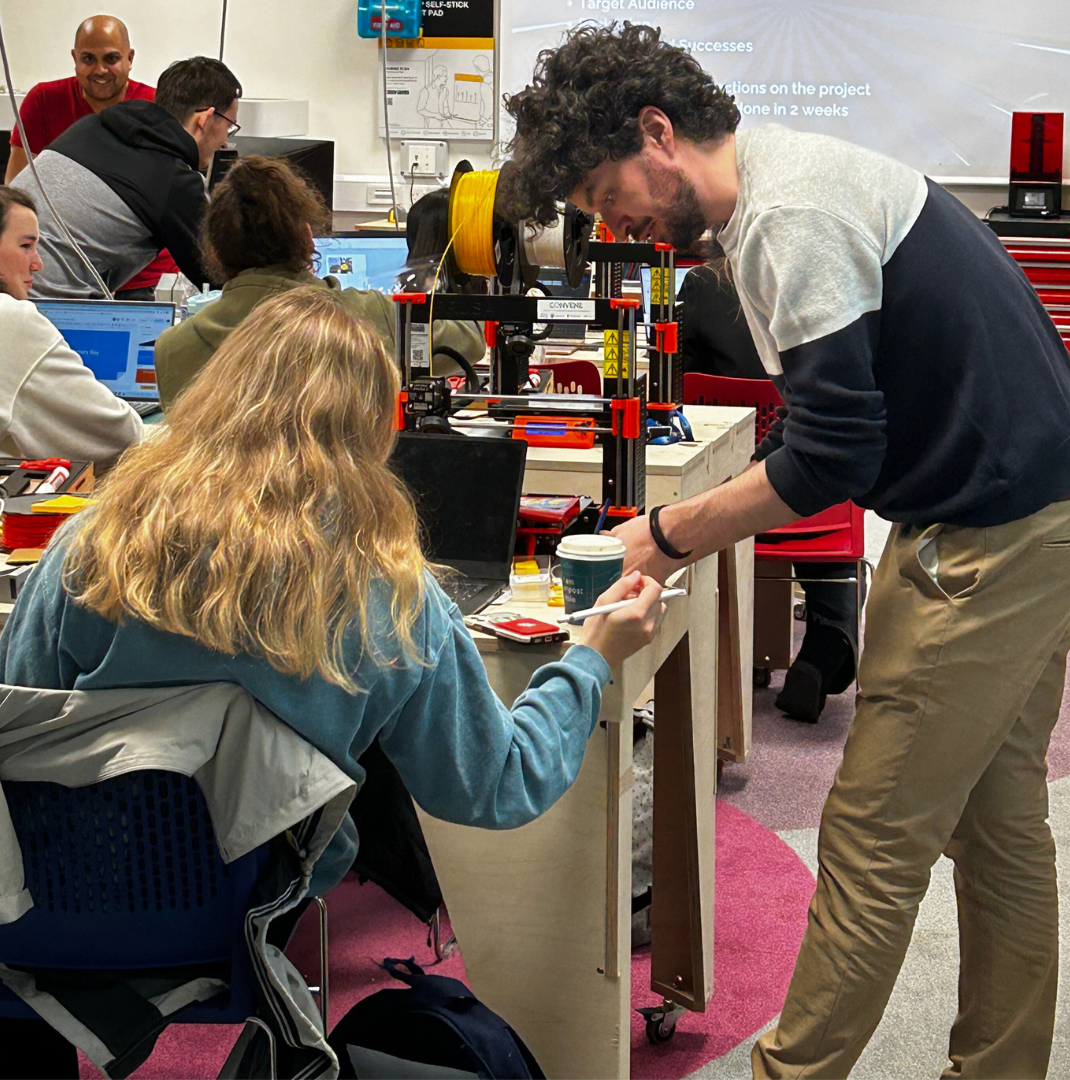
3. Who’s on your team?
3. Who’s on your team?
Your MakerSpace will be significantly enhanced by having somebody with an entrepreneurial background on your team, either as a team lead or a core advisor. A person with this expertise brings a resilient mindset to the MakerSpace environment. They see the opportunities. They know what its like to fail and to bounce back. Many spaces in Academia miss the business aspect of running a MakerSpace (even if run as a department or a not-for-profit); there is still a need to take on an entrepreneurial mindset in running a space. There are budgets to be made, consulting activities, advocacy, project management, marketing and other aspects which a person with business experience to enhance the overall operation of the space.
Recruiting the right people, especially for management roles, is essential, going beyond purely technical capabilities. Managers of MakerSpaces will benefit from not only having technical skills but also a mix of business, project management, and social skills. Space managers must have a wide breadth of experience with many technologies presented in a MakerSpace, and be able to see how these technologies and people “fit together” to accomplish learning objectives, projects and initiatives. They may not be mechanical engineers, artists or electrical engineers themselves, but they should have enough experience to know when it’s appropriate to reach out to a specialist in a particular field to get the job done.
At the UCD IA MakerSpace, we hire students as “MakerSpace Explorers.” These students come from a variety of backgrounds, including engineering, business, and marketing. They work in the Space, they maintain the equipment, introduce other students to the tech, and assist in workshops.
And, we pay our Explorers, something that we recommend. Drawing from a decade of experience in MakerSpace management, it is tempting to run a space entirely on volunteers, but in practice, running solely on volunteers or students can be difficult. People in the maker community are often passionate, but they can burn out quickly once their particular project is completed or their interest in bespoke projects wanes.
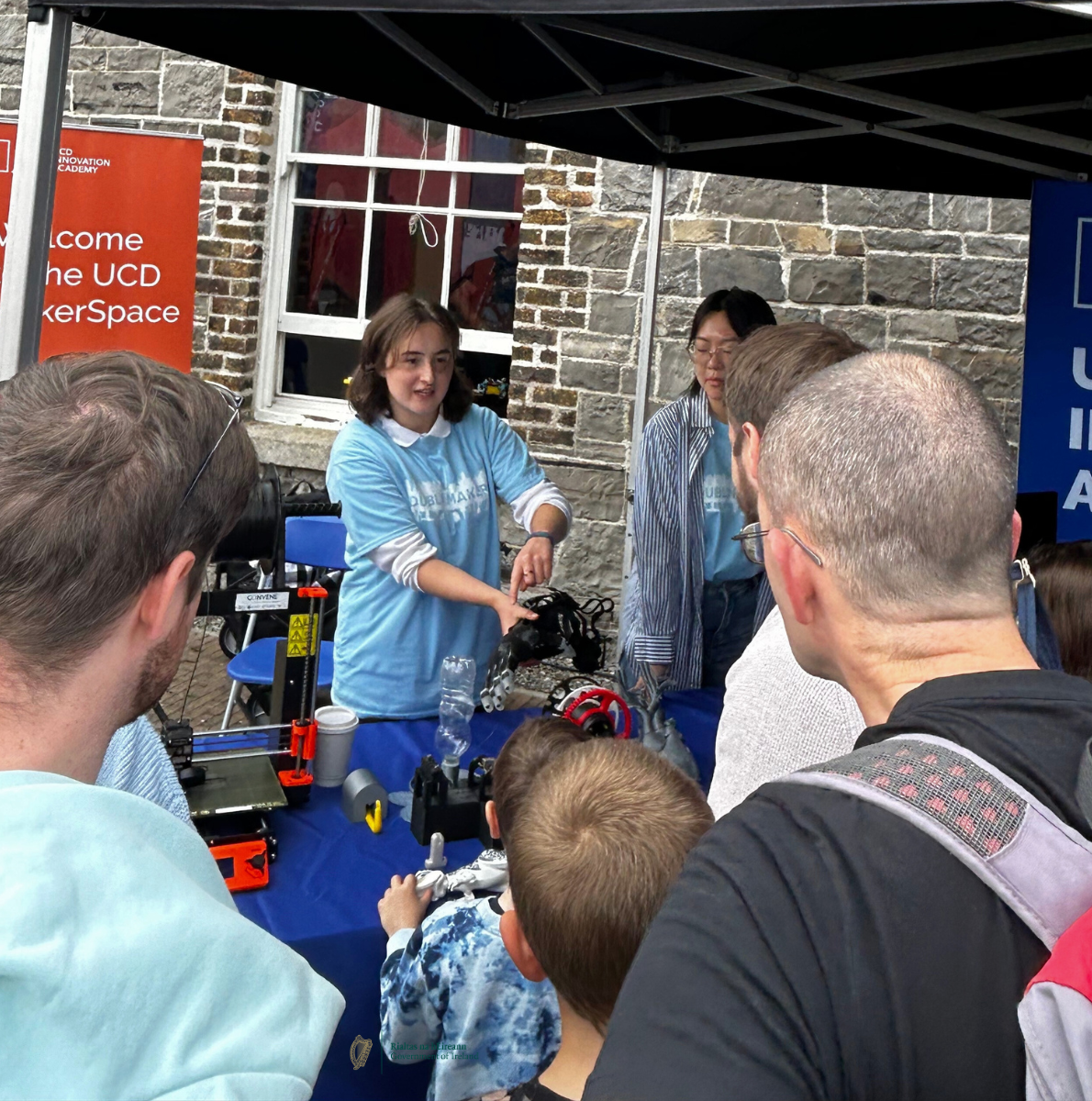
By paying workers, they “get skin in the game,” there is a commitment from both you as a MakerSpace Operator/Manager to develop their skill set, and as an employee, they have a reciprocal drive to do a good job, maintain stable hours, and keep a functioning shop. Furthermore, paid employees tend to keep spaces cleaner, manage consumables better, and take ownership of commissioned projects and deliverables. By having employees, there is also a clearer line of communication and decision-making for running the space.
4. Create an environment where it is okay to fail
4. Create an environment where it is okay to fail
In an environment where you are learning by doing, you are going to trial things that are wildly successful, and you are going to trial things that are utter failures. Psychological safety is key to the success of your MakerSpace. Give your students the rein to experiment safe in the knowledge that, if it doesn’t work the first time, they can take it back to the drawing board and try again. Build confidence in techniques and new machinery through well-thought-out training, interesting “starter” projects, and a fair bit of “handholding” for guided experience. It takes additional time, but it is well worth the investment to build a student’s confidence.
Most importantly, do not be afraid to talk about times when you have made mistakes- miscalculations, missteps in your ‘making’ experience, failed prototypes etc. Making as late painter Bob Ross said, “Happy Little Mistakes”, shows that it’s okay to fail, and bring success out of that failure.
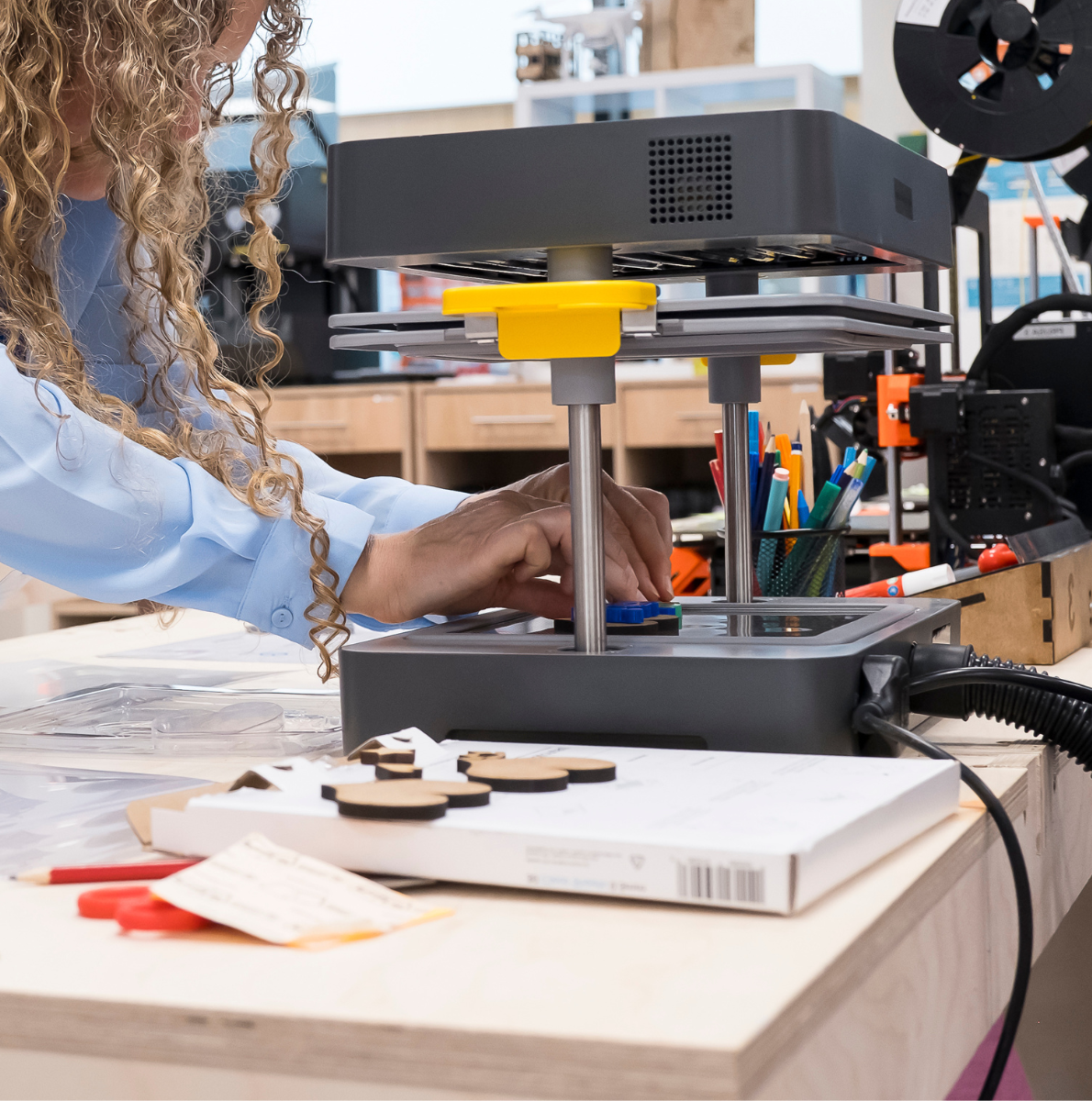
5. Network network network
5. Network network network
In order for your MakerSpace to become an integrated part of the academic body, create opportunities for staff and students to engage. At UCD Innovation Academy we host “lunch and learn” opportunities for students across disciplines to spend time with us, learning about what is possible at the MakerSpace. We have brainstormed with student societies and clubs on ways in which they can utilise the space, and don’t forget about the staff! Host workshops for them, too.
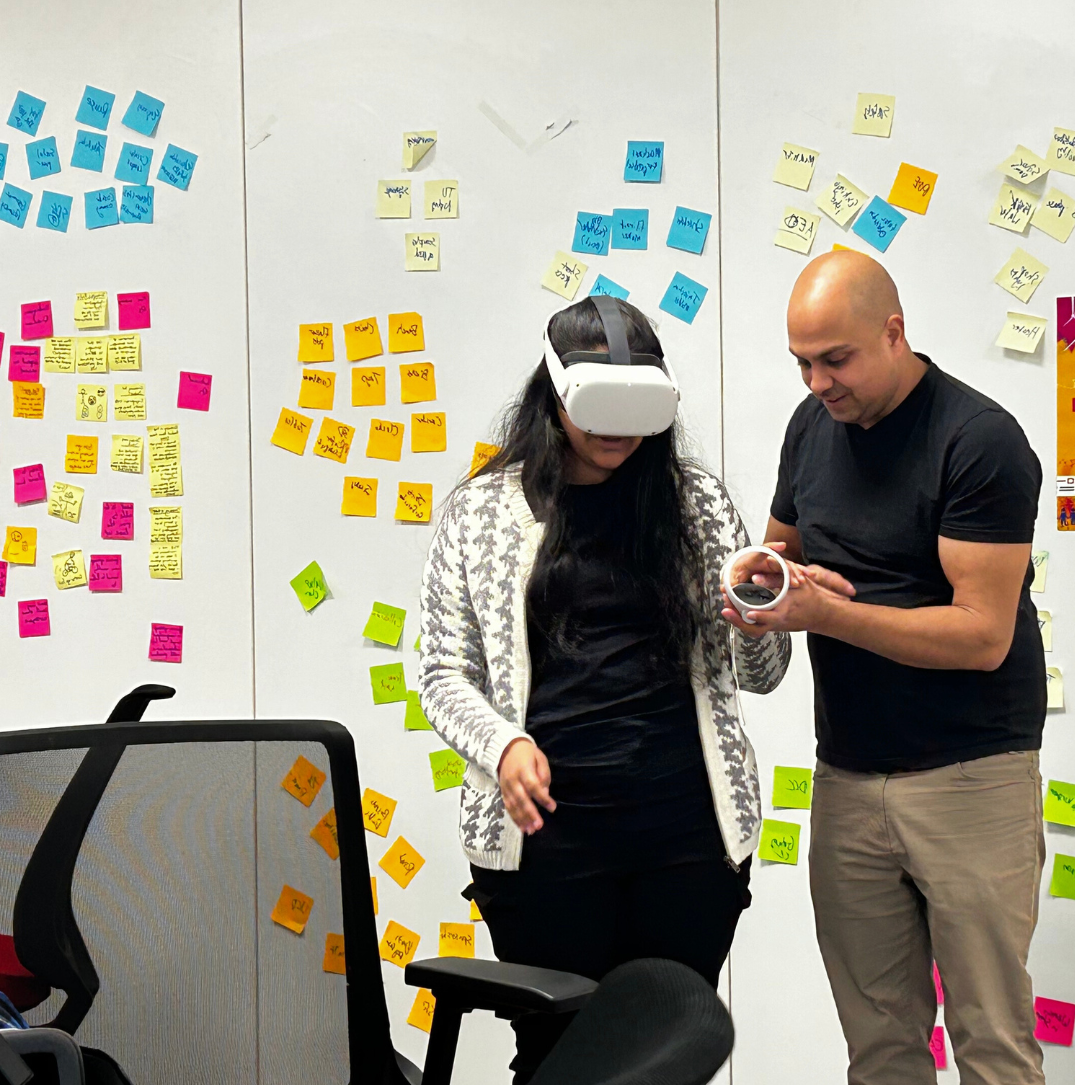
Make a structured plan for these workshops. It is not enough to invite people to come to the MakerSpace and let them loose in an unstructured way. This approach can be quite overwhelming, given the available tech. So, offer specific workshops. At the UCD Innovation Academy, we hosted a chocolate-making workshop with the Food Society, and we used our vacuum-forming machines to make custom chocolate moulds. Fun! It’s a low-risk and interactive a way to welcome new students to the Space.
6. Ensure an interdisciplinary approach
6. Ensure an interdisciplinary approach
If you look around your MakerSpace and see only engineering students, then you are not doing enough to recruit students from other disciplines. At its core, a MakerSpace exists to bring people together to address challenges and to seize opportunities in this time of great urgency for our planet. The tech is only one aspect of the MakerSpace. The people who use it is the key. At UCD Innovation Academy, we believe in the power that comes when great minds of different attitudes and interests come together to solve problems. For a MakerSpace to succeed, you want to see people from different backgrounds and disciplines using the space.
In my opinion, It is a common mistake to sequester a MakerSpace away in the corner of the Engineering building and then to staff the space with only engineers. There is a temptation to do this as engineers are usually the technologists, and 3D printers are most commonly used in engineering or architecture. However, when you build a MakerSpace in Engineering, it quickly becomes JUST an engineering space. Students from other disciplines are hard-pressed to utilize the space either from fear of entering another department’s silo, or all the time/slots machinery gets taken up by engineering students. Your space will have a much better chance of thriving if it is located in a neutral or interdisciplinary space.
When building a successful MakerSpace, the form must also follow function to some extent. The layout must contain amenities like small project storage, plenty of electrical outlets, and easy-to-clean surfaces. However, it should also be a space that welcomes creativity and exploration- not merely built with the aesthetics of a pure workshop which can be intimidating to those who have not used a workshop in the past.
Purpose build-multi functionary furniture can set the tone of a space and create additional utility in a workspace. In the case of our own MakerSpace, we opted to have all major fixtures- tables, bookcases, storage and toolboxes on wheels so the space can be reconfigured for events or activities quickly. Our custom-built worktables have an unfinished, sandable surface which can be repaired or quickly replaced. Since the tables and bookcases have a bare-plywood construction, they can be customized with holes, channels, wheels or other parts easily without a major rebuild with as little as a drill and a palm-sander. To add a splash of colour, the plywood construction of the major furniture fixtures allows them to be painted in any number of colours to bring a boldness or more creative aesthetic to the space.
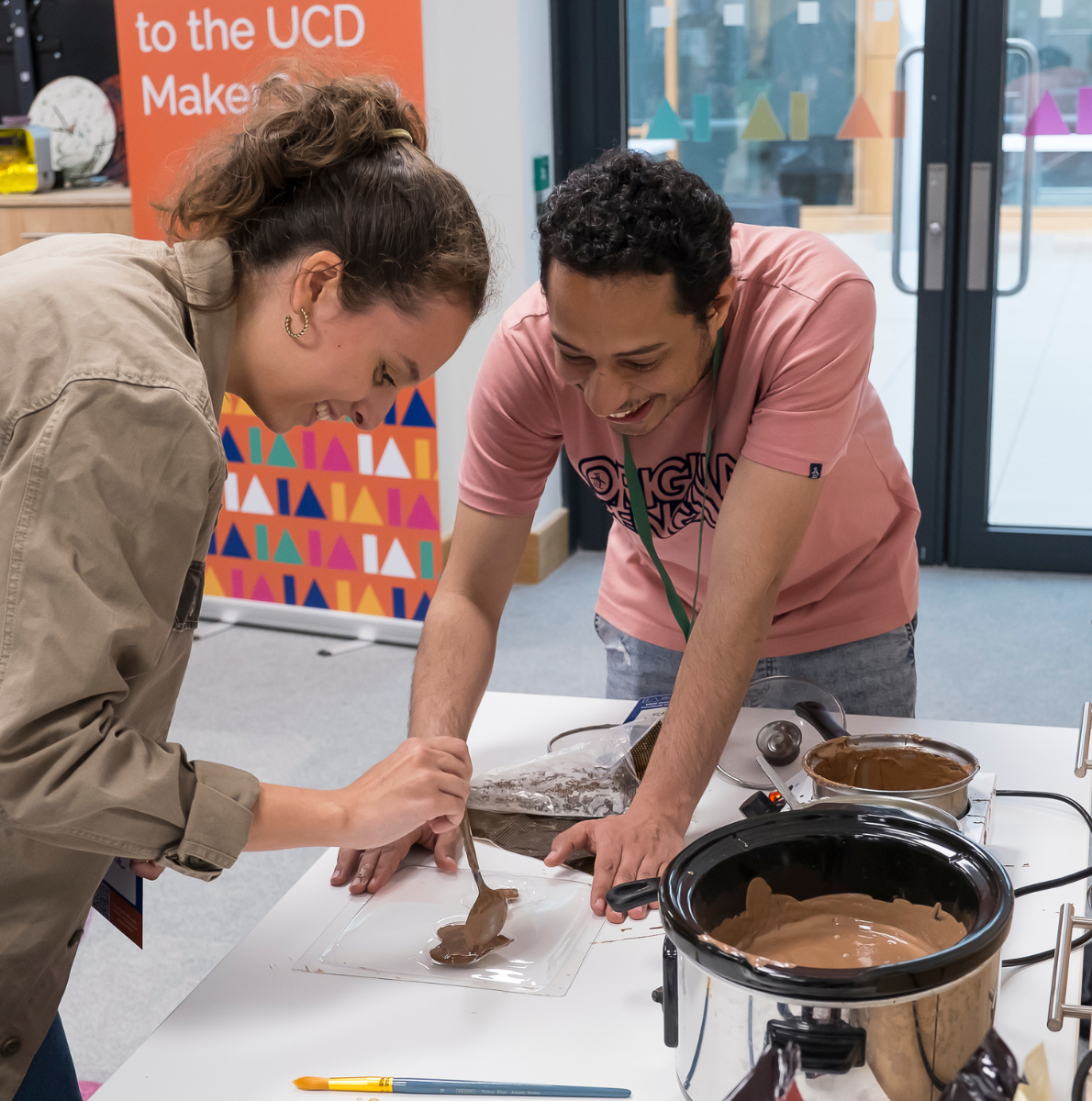
7. Acknowledge the Risk
7. Acknowledge the Risk
Let’s face it, students and staff will be playing with equipment they may not be familiar with, so it is incumbent upon you to create the guardrails to ensure that you can manage risk without stifling creativity. All employees at UCD Innovation Academy MakerSpace are trained in how to use every piece of equipment. Procedures are in place to ensure users can get the maximum potential out of a machine while operating it safely. The benefits are two-fold: users’ confidence and safety is obvious, and it ensures that the equipment is used properly and therefore, limits wear and tear.
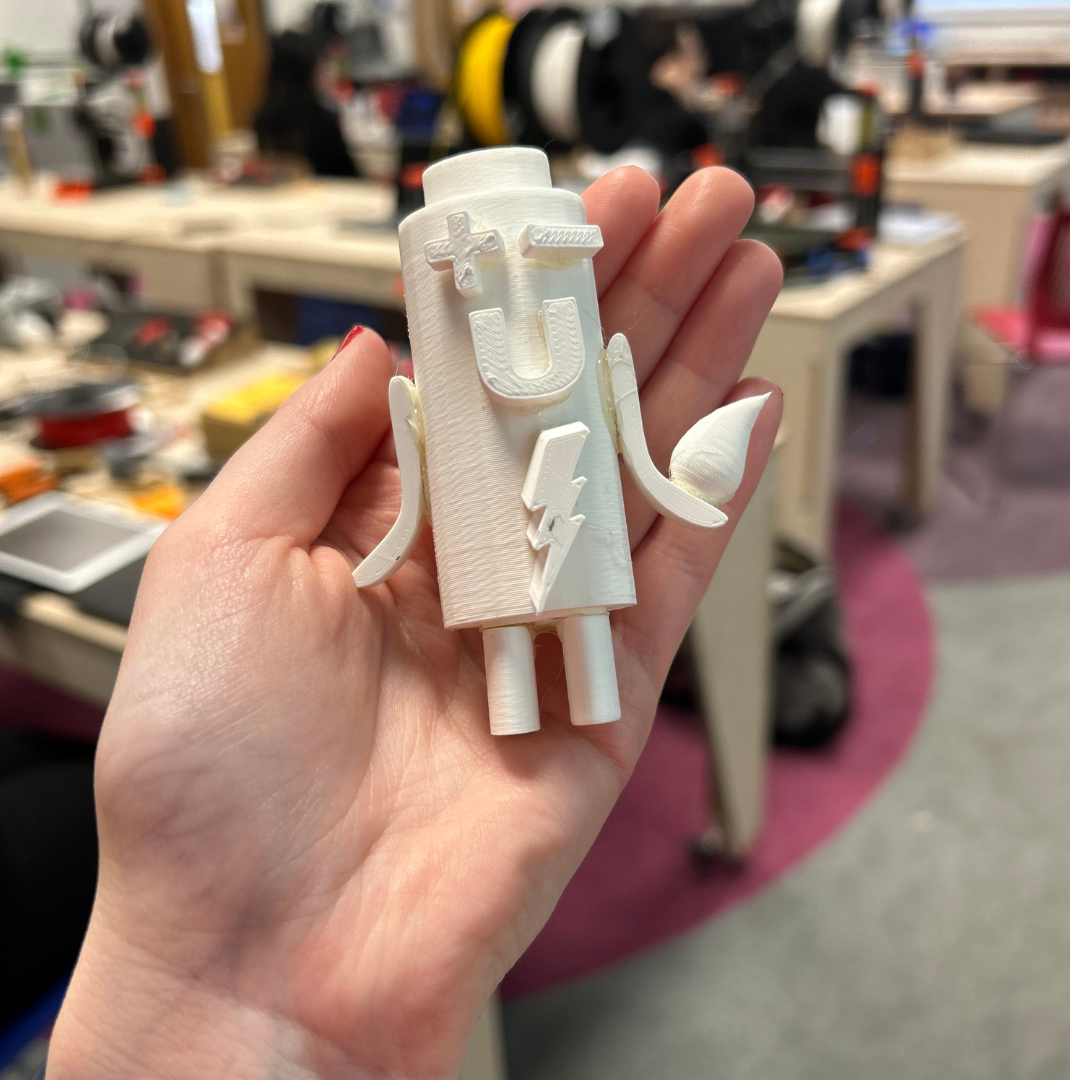
In the book The Intentional Makerspace: Operations, author Dale Grover says, “make it easy to do the right thing, and hard to do the wrong thing.” Every piece of major equipment should have standard safe operating procedures written, and instructions should be easy to read, plainly written, and easy to follow. Parts, supplies, and tools specific to the machines should all be kept organised and readily identifiable. For example, we build “Maintenance kits” for our 3D printers that have standard tools, and cleaning supplies, and each set is housed in case with foam cut-outs for tools- if something is missing, its easy to visually identify this.
Create a culture of working safely and keeping the space tidy. A dirty or unkempt space can quickly develop into a lax attitude towards maintenance, giving way to taking shortcuts that compromise safety or damage equipment.
8. Focus on Sustainability
8. Focus on Sustainability
At UCD Innovation Academy the MakerSpace has sustainability at its core. This means that there is a practical intent behind every piece we build. When ordering a piece of equipment, consider its consumables, cleaning supplies, energy use and end-of-life disposal. For instance, although resin 3D printers have some great advantages in creating higher detail parts over filament-based printers, the disposal of the waste resin in the printer process needs special precautions and care to mitigate their environmental impact.
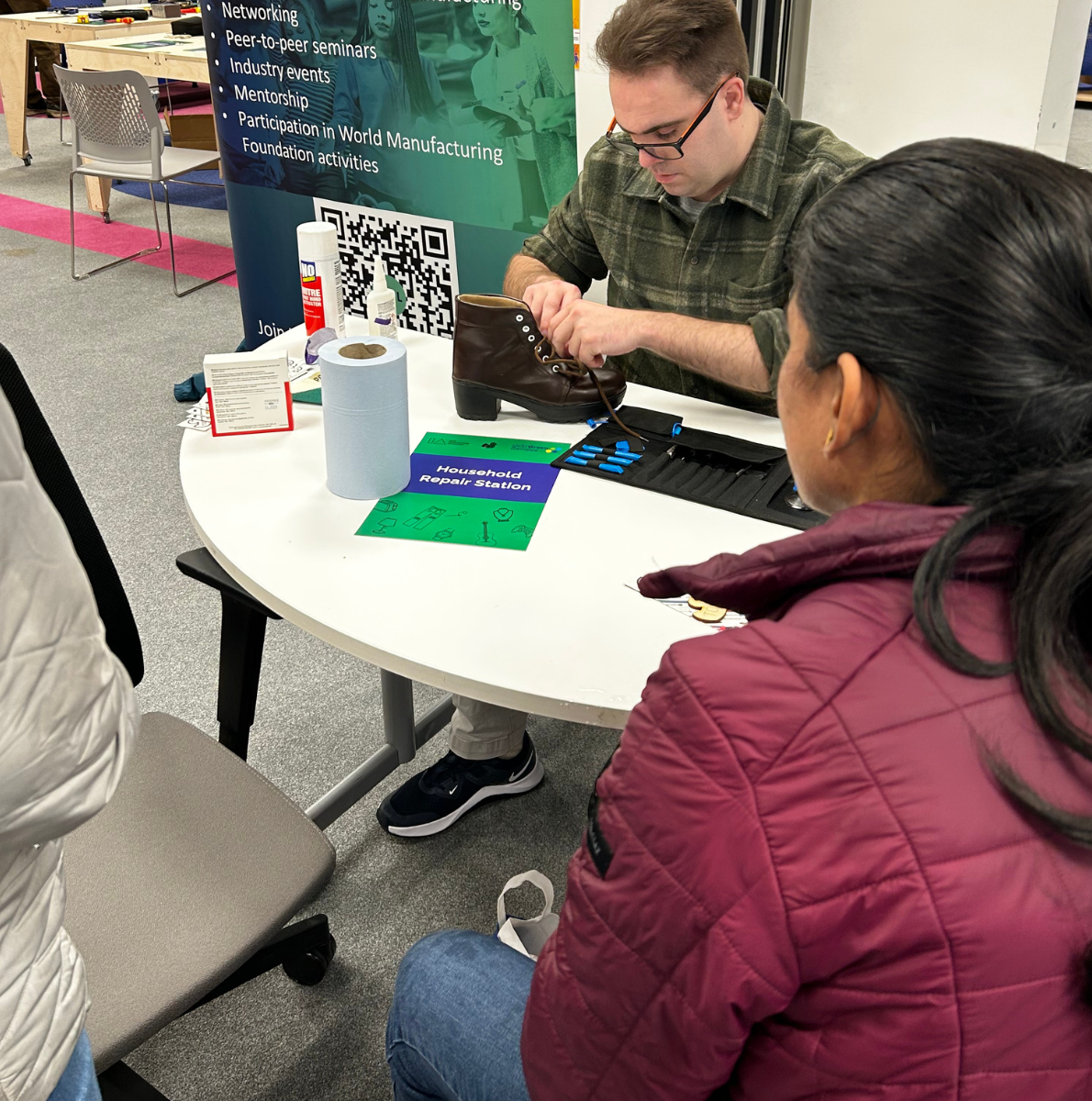
In our own space, we also consider the end product of every prototype we make. Traditional filament-based 3D printing can produce a considerable amount of waste- from support material to failed prints and single-use prototype iterations; we end up with a substantial amount of used material. In our focus and commitment to sustainability, we have purchased a filament recycling system that takes in old filament, grinds it up, and re-extrudes it into new, printable material. Your space may also look into “recycled filament” from their 3D printing supplier as an additional sustainable option.
UCD Innovation Academy Partnerships
At the Innovation Academy we provide transformational educational experiences for the betterment of society and the economy. We prepare learners for the challenges and opportunities of the 21st century, in particular building a sustainable future, and to help us all to live well in the world. We are a catalyst for positive change, within individuals, institutions and societies.
If you are interested in a partnership with us, please contact Eleanor.Kelly@ucd.ie.
If you are interested in a partnership specifically with the MakerSpace, please contact makerspace@ucd.ie.

